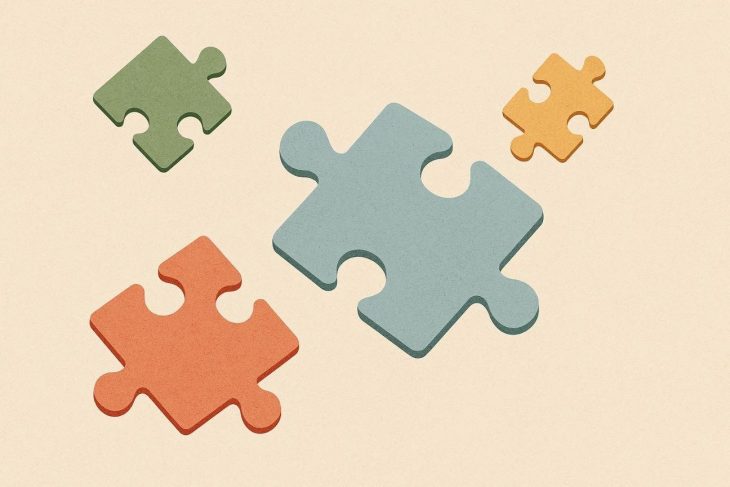
- Jigsaw puzzles began as educational tools
The very first jigsaw puzzle was created in 1767 by John Spilsbury, an English cartographer. He glued a map to wood and carefully cut it into small sections. Children were asked to reassemble the pieces, which turned the puzzle into both a game and a lesson in geography. This simple invention grew into one of the most beloved hobbies worldwide.
- The term “jigsaw” is misleading
Although today they are called jigsaw puzzles, the earliest versions were cut with fine scroll saws rather than jigsaws. The name only became popular in the late 1800s, long after the puzzles had already become widespread. The historical quirk shows how names can evolve even if they don’t reflect the true origin.
- Puzzles soared in popularity during hard times
In the 1930s, when the United States was facing the Great Depression, puzzles provided inexpensive entertainment. Families could spend hours working together to complete a single picture. It is estimated that during peak demand, over 10 million puzzles were sold each week.
- Puzzles can boost your brain power
Solving puzzles requires concentration, memory, and problem-solving. Research published in Frontiers in Aging Neuroscience has shown that puzzle activities stimulate visuospatial skills and may even help reduce cognitive decline in older adults. That is why many doctors recommend puzzles for healthy aging.
- Puzzles help reduce stress
Psychologists explain that focusing on connecting small pieces can bring a state similar to meditation. It lowers cortisol, improves mood, and creates a sense of accomplishment. For many people, working on a puzzle after a stressful day feels like mental relaxation.
- The puzzle industry is worth billions
The global puzzle market has continued to grow steadily, with analysts projecting it to surpass $700 million by 2027. This includes both traditional cardboard puzzles and digital alternatives that allow people to play anywhere.
- Digital puzzles are changing the hobby
Not everyone has space for large puzzle boxes at home. Online platforms such as PuzzleFree.Game let people enjoy puzzles without worrying about lost pieces or storage. They even allow users to upload their own images and instantly turn them into playable puzzles.
- The largest puzzles are truly massive
Companies like Ravensburger have released commercial puzzles with over 40,000 pieces. These giant sets can weigh up to 20 kilograms and take entire teams weeks to assemble. At the extreme end, some record-breaking art projects have used over half a million pieces.
- The puzzle piece has become a global symbol
The familiar puzzle piece icon has been adopted in many contexts, especially in health and education. While it has been linked to autism awareness, its meaning continues to spark discussion about representation and symbolism in modern society.
- Puzzle solving is now a sport
Every year, the World Jigsaw Puzzle Championship in Spain gathers competitors from across the globe. Teams often finish a 1,000-piece puzzle in under an hour, showcasing both teamwork and mental agility. Competitive puzzling proves that what began as a quiet pastime is now a serious challenge for many.
Was this page helpful?
Our commitment to delivering trustworthy and engaging content is at the heart of what we do. Each fact on our site is contributed by real users like you, bringing a wealth of diverse insights and information. To ensure the highest standards of accuracy and reliability, our dedicated editors meticulously review each submission. This process guarantees that the facts we share are not only fascinating but also credible. Trust in our commitment to quality and authenticity as you explore and learn with us.
